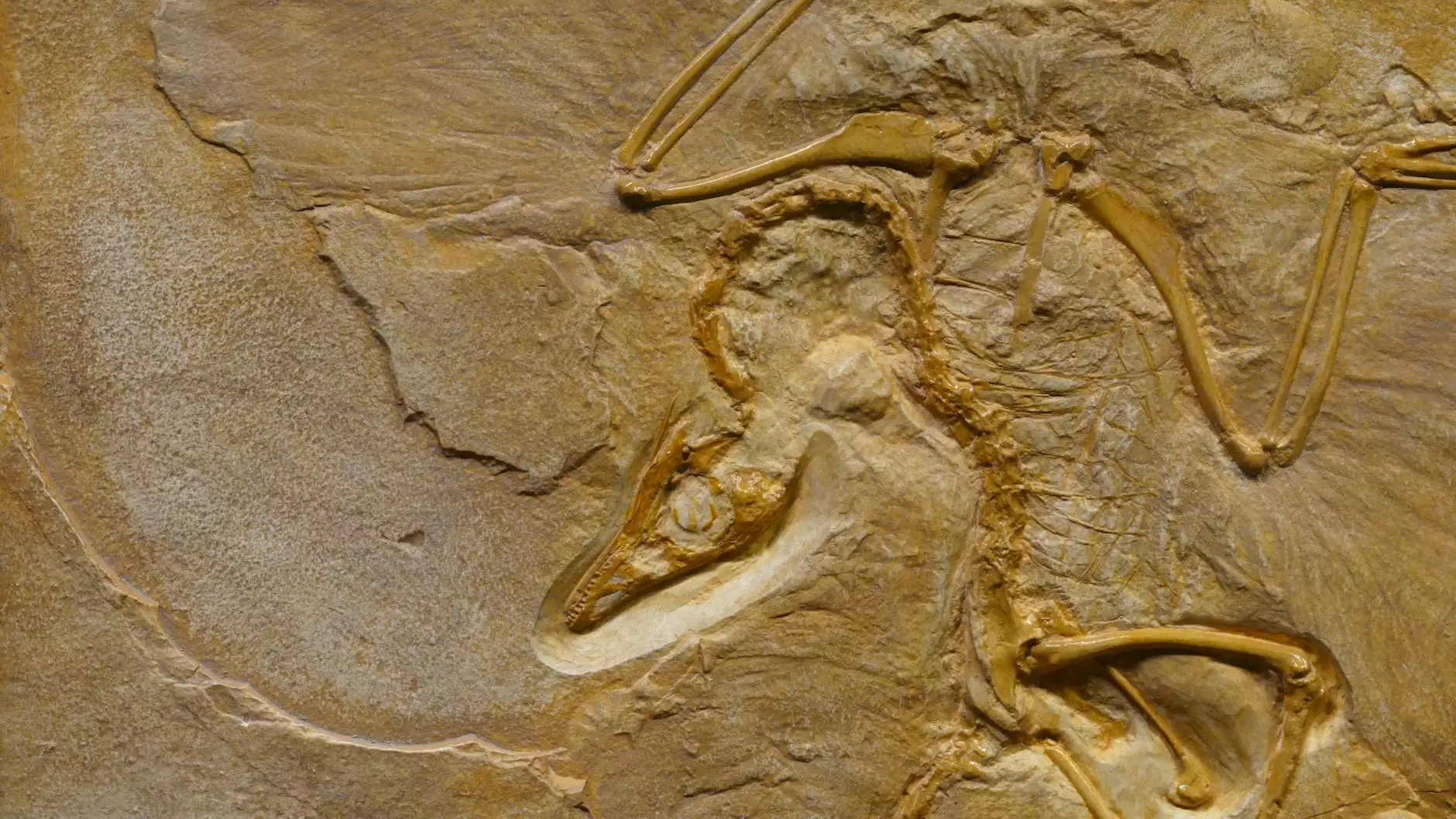Hostile Terrain 94: Extended Timeline
1800-1849
Introduction
Welcome to La Historia Society's extended timeline for Hostile Terrain 94. In this comprehensive resource, we delve into the evolving history of border policies and their impact on communities and society. Join us on this journey to gain a deeper understanding of the complex issues surrounding immigration and border control.
Overview of Border Policies
Border policies have always played a vital role in regulating the flow of people and goods across borders. Over time, these policies have been shaped by political, economic, and social factors. In the case of the United States, border policies have undergone significant changes, particularly in recent decades.
In this section, we provide a comprehensive timeline highlighting key moments and policies that have shaped the current state of border control. From the establishment of the U.S. Border Patrol in the 1920s to the implementation of Operation Gatekeeper in the 1990s, this timeline offers insight into the historical context of border policies.
A Historical Journey
Understanding the historical context is crucial to comprehending the impact of border policies on communities and society. Let's take a closer look at some key events and policies that have shaped the border landscape:
1924 - Immigration Act of 1924
The Immigration Act of 1924, also known as the Johnson-Reed Act, marked a turning point in U.S. immigration policy. It established a quota system based on nationality, significantly limiting immigration from certain countries, particularly those outside of Western Europe.
1947 - Creation of the U.S. Border Patrol
In response to increasing concerns about unauthorized immigration and smuggling, the U.S. Border Patrol was established in 1947 as a federal law enforcement agency. Its primary mission is to prevent the entry of undocumented individuals into the United States.
1965 - Immigration and Nationality Act of 1965
The Immigration and Nationality Act of 1965 abolished the national origins quota system established in 1924. It shifted the focus of immigration policy to reunification of families, prioritizing skilled workers, and addressing humanitarian concerns. This act significantly impacted immigration patterns, leading to increased diversity within the immigrant population.
1986 - Immigration Reform and Control Act
The Immigration Reform and Control Act (IRCA) of 1986 sought to address the issue of unauthorized immigration by granting amnesty to certain undocumented immigrants who had been living in the United States since before 1982. Additionally, it implemented stricter penalties for employers knowingly hiring unauthorized workers.
1990s - Operation Gatekeeper and Increased Border Enforcement
The 1990s witnessed a significant shift in border policies, marked by the implementation of Operation Gatekeeper in the San Diego sector. This operation aimed to deter unauthorized crossings by fortifying the border with increased physical barriers, surveillance technology, and additional Border Patrol agents. The strategy focused on pushing border crossers into more remote and dangerous areas, resulting in increased risks to human life.
Post-9/11 Security Measures
The terrorist attacks on September 11, 2001, brought about a new era in border policies. The U.S. government implemented various security measures to prevent the entry of potential threats, including the establishment of the Department of Homeland Security and the creation of the U.S. Customs and Border Protection agency. These measures significantly impacted border operations and heightened security protocols.










